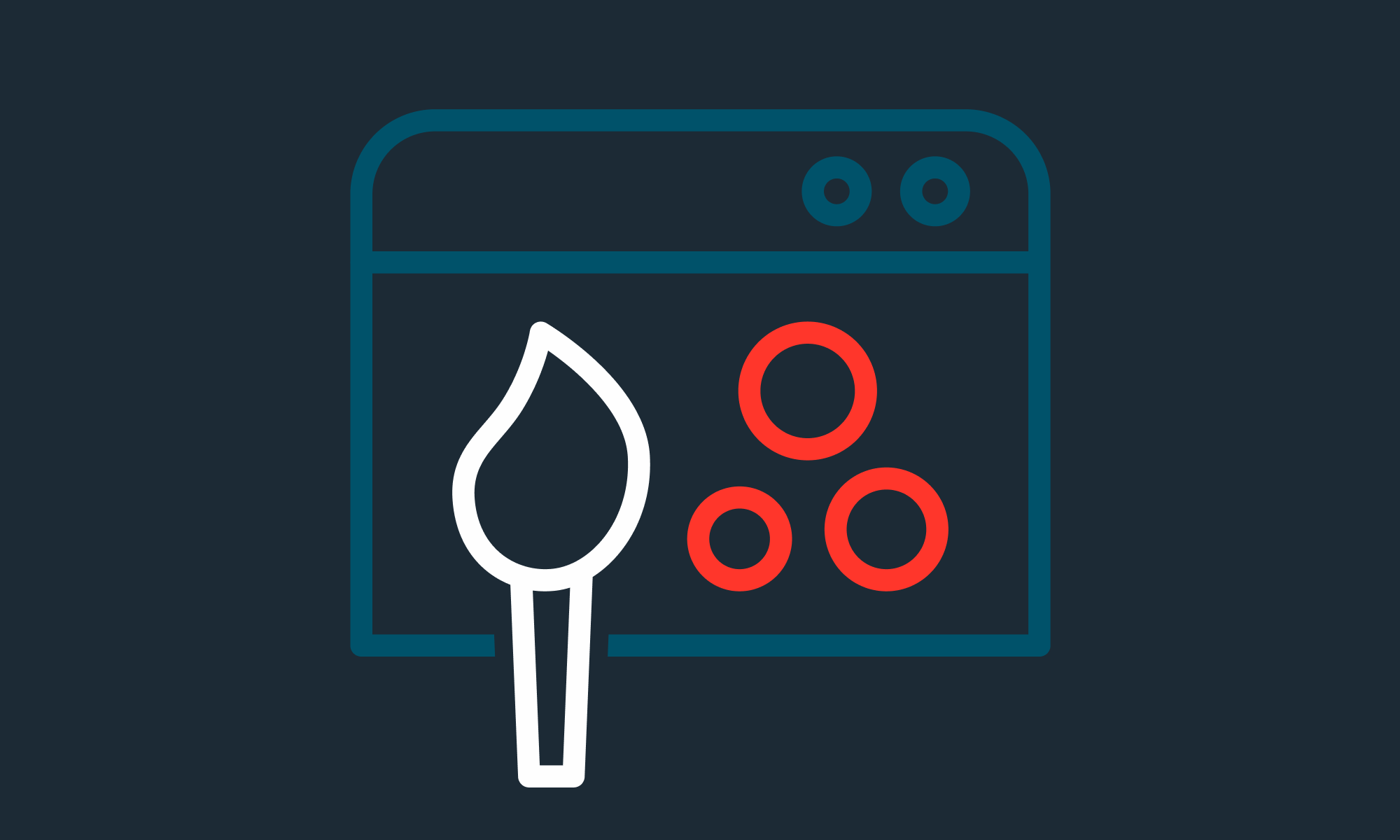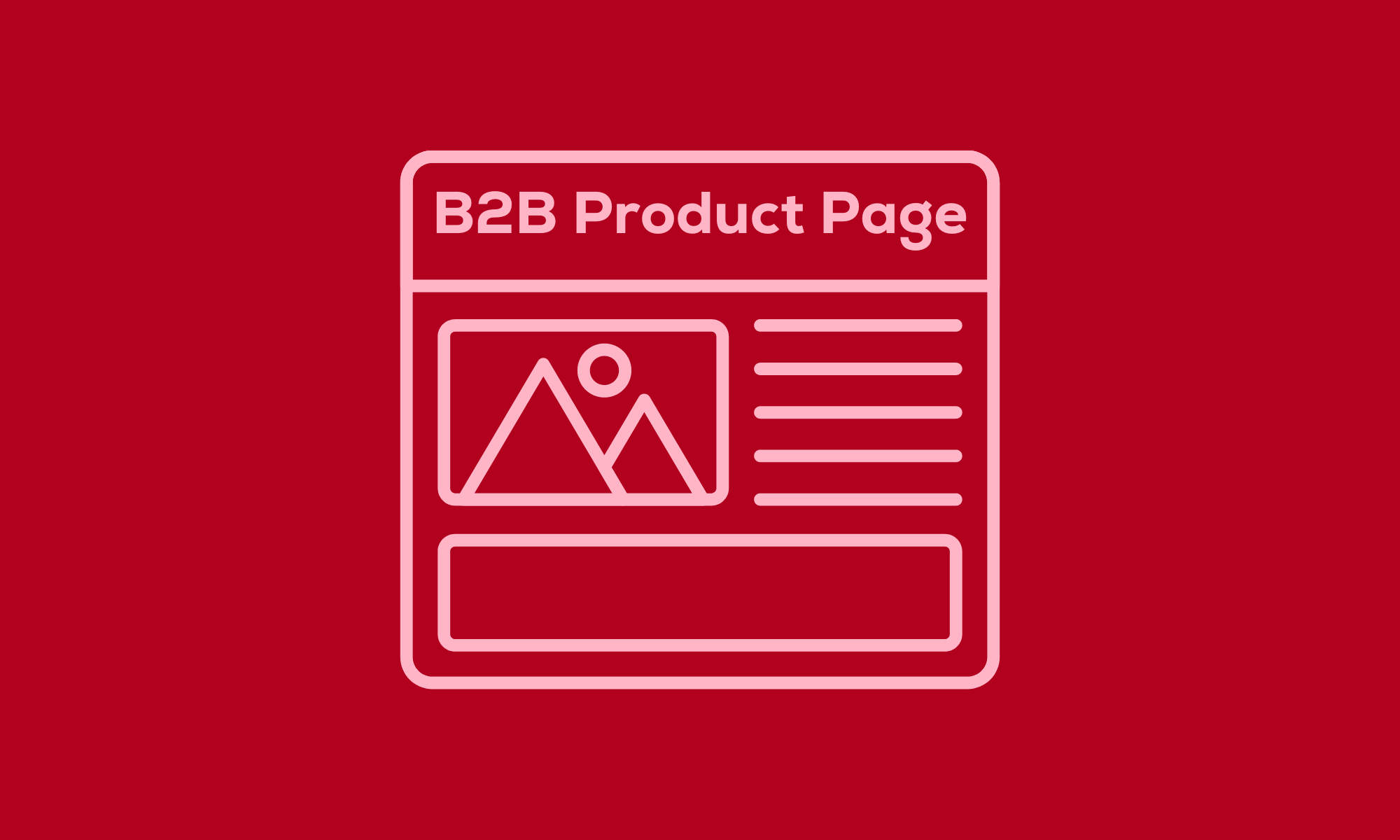Typically, the marketing team assumes the majority ownership of a company's website, while the product team takes charge of managing the customer portal section. However, due to the independent nature of their work, there can be instances where the user experience between the website and the customer portal may seem disjointed, thus impacting the overall experience of your valued customers.
In the crowd of digital interactions, where every click and pixel counts – a collaboration between your marketing and product teams is the secret sauce for ensuring your customers have a positive and yet a memorable digital experience. Both teams have distinct yet equally crucial roles in shaping both your B2B tech website and customer portal.
When it comes to website management, the marketing team retains the majority of the website's look and feel. However, the customer portal section of the website is often managed by the product team. While both teams are dedicated to delivering top-notch experiences, their independent operations can sometimes create a sense of disconnection between the customer portal and the main website.
That being said, both marketing and product development teams share a common overarching goal: driving a customer-centric strategy. So, how can we bridge this gap and pave the way for improved collaboration?
Align The Design Of Your Customer Portal To The Rest Of Your Website
Your customer experience is paramount and when it’s coherent and harmonious - it brings several key benefits. First and foremost, it instills trust in your digital tools and platforms. Customers who encounter consistency and seamlessness are more likely to trust your digital presence. This trust, in turn, makes it easier for them to make purchasing decisions, as they have confidence in the reliability and user-friendliness of your platforms.
A customer portal that embraces a design consistent with the rest of the website emerges as an indispensable solution. By ensuring visual harmony, easy navigation, and maintaining consistent concepts, both the website and portal create a seamless transition for clients, offering a cohesive and uninterrupted experience throughout their user journey.
While marketing teams often prioritize a seamless customer experience, product teams may not necessarily share the same focus, as they are typically preoccupied with product development. So, why do many websites still suffer from disjointed experiences?
One of the primary reasons lies in the use of different backend technologies, making it challenging to align the frontend experience. Additionally, it can be attributed to varying priorities, with product teams sometimes prioritizing functionality over design consistency. But is there a magical solution to bridge this gap and make both technologies appear the same?
Indeed, there is – design systems! Design systems offer a systematic approach to ensure that font, design, and backend elements align seamlessly, enhancing the overall user experience.
Bridge The Gap With Design Systems
Now that we've established the importance of building a seamless digital experience, let's dive into how you can achieve it. One of the key tools in your arsenal is a Design System.
But these design systems go beyond the surface. They encompass a comprehensive set of assets and guidelines crafted to ensure consistency, efficiency, and cohesiveness across all your digital platforms. These assets include reusable user interface (UI) components, such as buttons, navigation bars, typography, icons, and color palettes. Design systems also provide a clear framework for defining interaction patterns, accessibility standards, and content guidelines. This holistic approach ensures that every aspect of your digital presence, from the smallest button to the overall user experience, adheres to a unified and user-friendly design language.
The beauty of a well-structured design system lies in its ability to deliver quick wins.
Imagine having a centralized design system in place; it streamlines updates across your entire digital ecosystem, resulting in rapid improvements in consistency and efficiency. A modification in one element of the website automatically updates the entire system, ensuring consistency and saving valuable time.
Pattern Lab and Storybook are a few tools you can get started with to explore design systems in practice. Both these tools assist teams in efficiently managing design assets and maintaining consistency across digital platforms. Additionally, they are widely used to simplify the development and testing of UI components, fostering smoother collaboration between marketing and product teams. And here's the exciting part – they're open source, aligning perfectly with our dedication to open-source principles in Drupal, which means a vibrant community and continuous improvement at your disposal!
Real-World Example: Our Experience with Videotron
Vidéotron, the fifth-largest wireless carrier in Canada, an integrated communications company, and a leader in new technologies, partnered with us to achieve a dual goal: creating a digital destination for seamless product and service purchases while delivering a frictionless customer experience. Leveraging Pattern Lab alongside a dedicated front-end team, we enabled seamless updates that synchronized design and content between the customer portal and the website, ensuring consistent user interactions. Notably, the customer portal was not built on Drupal; however, through the implementation of design systems, we achieved a remarkably smooth transition between platforms while maintaining consistent design continuity.
Read more here.
Leveraging Drupal’s Capabilities in Atomic Design
Drupal is brewing a game-changer - Single Directory Component!
In web development, a component is a part of a web page or application that is modular and reusable, with a specific functionality or purpose. It's like a building block that can be used to create more complex interfaces.
Components are made up of HTML, CSS, and JavaScript code, and can be easily customized and reused across multiple pages or applications. Examples of components include navigation menus, forms, sliders, and buttons.
The development of Drupal’s Single Directory Component marks one of the most significant front-end improvements since the introduction of Twig in Drupal 8. What's so exciting? It's all about embracing atomic design within Drupal. With everything segmented into small, reusable components, it becomes easier to extend and enhance.
We can't help but get enthusiastic about how well this aligns with the concept of a design system, paving the way for even more streamlined and efficient design practices!
Start With Small Steps
Recapping what we've discussed, optimizing your customer portal's design for alignment with your website is essential for a seamless digital experience. However, we understand that making drastic changes overnight may not be feasible. That's why we recommend starting with some low-hanging fruits or taking small, manageable steps toward this goal.
Harmonize the Color Palette: Begin by harmonizing the color palette across both the customer portal and website. This simple step can go a long way in creating a unified visual identity that resonates with your brand and ensures a seamless transition for your users.
Standardize Typography: Next, standardize font styling, families, sizes, and spacing. Consistent typography is the cornerstone of a cohesive design language and contributes significantly to a polished and professional appearance.
Address Base Elements: Dive into the details by addressing base elements such as tables and lists. Ensuring that these elements match the overall design scheme is essential for a harmonious user experience.
Leverage Reusable Components: To boost efficiency and maintain consistency, leverage the smallest reusable components. These components not only streamline design but also reduce development time and effort. A few examples of reusable components you could leverage include navigation bars, buttons, icons, and more!
Align Design Elements: For a truly cohesive user experience, align the design of portal elements like cards with that of the website. A card component can be used to display various types of content, such as articles, products, or user profiles consistently while presenting the information. These seemingly small changes can make a significant impact on the overall look and feel.
Assemble a Capable Front-End Team: To execute these changes effectively, assemble a capable front-end team that can swiftly make necessary adjustments to fundamental elements. Every pixel and interaction matters when it comes to delivering a seamless digital experience
It May Become A Big Change, But It’s Worth A While
It's crucial to approach this process incrementally, ensuring that teams aren't overwhelmed, and progress remains steady. By making these small changes, you can gain valuable insights into customer behavior, provide self-service options to your customers, and ultimately, elevate your digital strategy.
And if you need guidance or support in this journey, we're here to help you every step of the way, ensuring that you can leverage the full potential of design systems and achieve seamless alignment between your customer portal and website.


